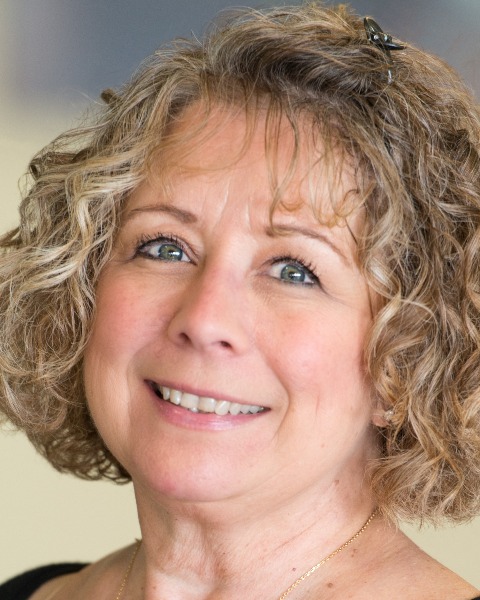Education
Expanding Simulation Space to Create an Inpatient Behavioral Health Unit
Saturday, June 17, 2023
9:00 AM - 9:45 AM EDT
Location: Ballroom A
- TC
Tracee Chapman, MSN, RN, CEN, SANE-A
Clinical Assistant Professor
Boise State University
Meridian, Idaho, United States 
Paula Molina-Shaver, MS, RN-BC
Clinical Associate Professor
Boise State University
Meridian, ID, United States
Lead Author(s)
Co-Author(s)
Disclosure(s):
Tracee Chapman, MSN, RN, CEN, SANE-A: No financial relationships to disclose
Paula Molina-Shaver, MS, RN-BC: No financial relationships to disclose
Abstract : Introduction
Current student clinical time in behavioral health settings is much less than in medical-surgical settings. Limited behavioral health clinical sites present even fewer opportunities for in situ learning. The purpose of this project is to describe an innovative approach in multi-patient behavioral health simulation.
Guiding framework
Kolb’s Experiential Learning Cycle guides this simulation and contains four parts: concrete experience, reflective observation, abstract conceptualization, and active experimentation. This multi-patient simulation addresses all four of Kolb’s concepts.
Description of Project
Seventy-seven undergraduate prelicensure nursing students in their second semester of the program attend mental health simulations weekly. For this simulation, the entire third floor of the building was transformed into an inpatient behavioral health unit with 15-20 standardized patients. Students are assigned two patients needing daily shift assessments and medication administration, with embedded challenges of finding the correct patient, checking a room for safety, and identifying medication diversion techniques. After the experience, students debrief via Tanner’s Debriefing Model.
Results
After the simulation, students verbalized a deeper understanding of challenges associated with inpatient units filled with diverse patient populations experiencing mental health crises. One lesson faculty learned was the need for medication stations to be separated so learners did not catch on as medication diversions occurred. Additionally, faculty produced more robust pre-work for students.
Conclusion
This innovative project transformed the standard simulation setting to provide students with additional opportunities to develop empathetic care practices and alleviate perceived anxiety in caring for behavioral health patients.
Current student clinical time in behavioral health settings is much less than in medical-surgical settings. Limited behavioral health clinical sites present even fewer opportunities for in situ learning. The purpose of this project is to describe an innovative approach in multi-patient behavioral health simulation.
Guiding framework
Kolb’s Experiential Learning Cycle guides this simulation and contains four parts: concrete experience, reflective observation, abstract conceptualization, and active experimentation. This multi-patient simulation addresses all four of Kolb’s concepts.
Description of Project
Seventy-seven undergraduate prelicensure nursing students in their second semester of the program attend mental health simulations weekly. For this simulation, the entire third floor of the building was transformed into an inpatient behavioral health unit with 15-20 standardized patients. Students are assigned two patients needing daily shift assessments and medication administration, with embedded challenges of finding the correct patient, checking a room for safety, and identifying medication diversion techniques. After the experience, students debrief via Tanner’s Debriefing Model.
Results
After the simulation, students verbalized a deeper understanding of challenges associated with inpatient units filled with diverse patient populations experiencing mental health crises. One lesson faculty learned was the need for medication stations to be separated so learners did not catch on as medication diversions occurred. Additionally, faculty produced more robust pre-work for students.
Conclusion
This innovative project transformed the standard simulation setting to provide students with additional opportunities to develop empathetic care practices and alleviate perceived anxiety in caring for behavioral health patients.
Learning Objectives:
- Upon completion, participants will be able to recognize the need to expand the simulation space to meet student needs.
- Upon completion, participants will be able to discuss considerations in implementing a multi-patient design in their place of work.
- Upon completion, participants will be able to solve a 360 video escape room.
